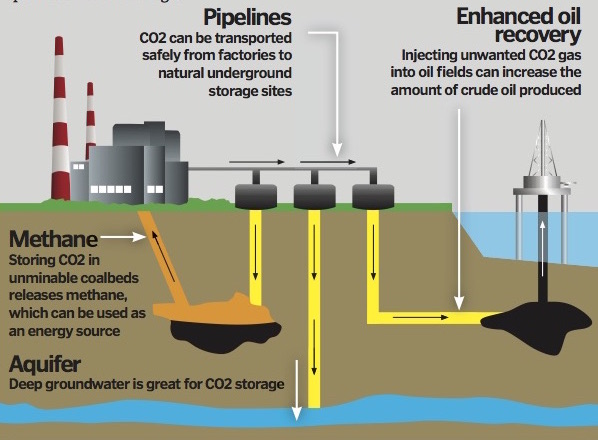UK carbon capture receives a £6.1 million boost
One way of reducing humanity’s carbon footprint is through carbon capture and separation (CCS). The process helps lessen the greenhouse effect by trapping and then separating CO2 before storing it underground or underwater. The University of Sheffield is currently leading the way for the advancement of this operation in the UK and a lot of research is being undertaken at the university’s UK Carbon Capture Storage and Research Centre’s (UKCCSRC) PACT (pilot-scale advanced capture technology) facilities. These specialist facilities, that focus on advanced fossil-fuel energy, bioenergy and carbon capture and storage/utilisation technologies for power generation and industrial applications, have just been given a cash injection of £6.1 million from the Engineering and Physical Sciences Research Council (EPSRC), a huge boost for sustainable energy usage in the UK. The money will allow the UKCCSRC to continue its research for a minimum of another five years and will be supplemented by a further £1.5 million from partner institutions. 250 UK-based CCS academics will assist in the study that aims to help lessen carbon emissions in the atmosphere, but what exactly is carbon capture?
Carbon capture is the safe storage of carbon dioxide underground that prevents the gas from escaping into the atmosphere during the combustion of fossil fuels or biomass. It can be done in three ways. The first is to capture the CO2 using a filter in a chimney after fuel has been combusted in a factory to generate energy. The second is called pre-combustion, which catches the carbon before it mixes with other gases in the combustion process. Third is oxy-combustion. Rather than standard combustion where the fuel source is burned in air, it is burned in oxygen. The subsequent CO2 and water vapour blend is easier to transport into storage. Once it has been harnessed, the CO2 is transported via pipeline into either depleted oil and gas fields or geological stores that are both beneath the surface of the Earth. Here it can’t reenter the atmosphere and contribute to climate change.
Below is a diagram of the process from issue 10 of How It Works

Cover image credit PACT
For all the latest environment news, check out issue 98 of How It Works. Pick up your copy from from all good retailers or from our website now. If you have a tablet or smartphone, you can also download the digital version onto your iOS or Android device. To make sure you never miss an issue of How It Works magazine, subscribe today!




